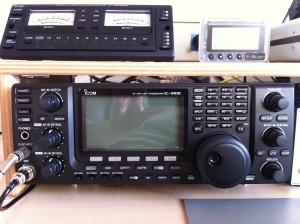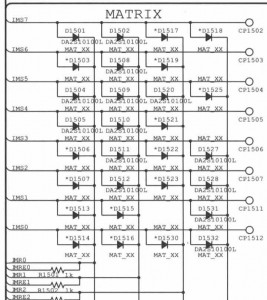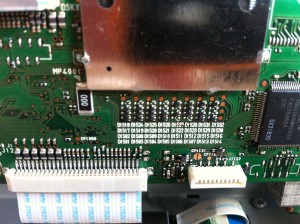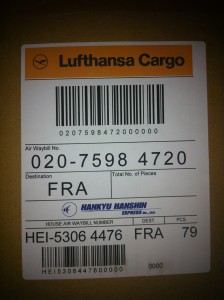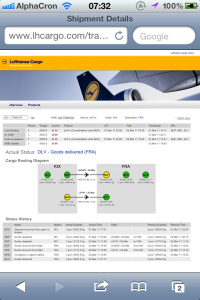detailed diode description IC-9100
Freitag, 18. März 2011 14:57
Here is a short description about the diode matrix of the IC-9100 what I found out and what was contributed to me:
| diode | description |
| D1501 | needs to be installed for 6m band RX/TX |
| D1502 | needs to be removed for 30MHz-50MHz RX/TX |
| D1503 | always needs to be installed to make an expansion possible |
| D1504 | needs to be removed for HF RX coverage |
| D1505 | needs to be removed for VHF/UHF/SHF RX coverage |
| D1506 | |
| D1507 | |
| D1508 | needs to be removed for genral extended HF TX coverage (1.6MHz-30MHz and 50MHz-54MHz) |
| D1509 | needs to be removed to cover 108MHz-136MHz |
| D1510 | needs to be removed to cover 136MHz-174MHz |
| D1511 | needs to be removed to cover 420MHz-480MHz |
| D1512 | needs to be removed to cover 1240MHz-1320MHz |
| D1513 | |
| D1514 | |
| D1515 | needs to be removed for 5MHz band operation |
| D1516 | needs to be removed for 7.0MHz-7.2MHz TX coverage |
| D1517 | needs to be removed for 7.0MHz-7.3MHz TX coverage |
| D1518 | |
| D1519 | |
| D1520 | |
| D1521 | |
| D1522 | |
| D1523 | needs to be installed for 1750Hz repeater tone |
| D1524 | |
| D1525 | |
| D1526 | |
| D1527 | |
| D1528 | |
| D1529 | needs to be installed to enable crossband-repeater |
| D1530 | |
| D1531 | |
| D1532 |
Thema: Funk | Kommentare deaktiviert für detailed diode description IC-9100 | Autor: admin
